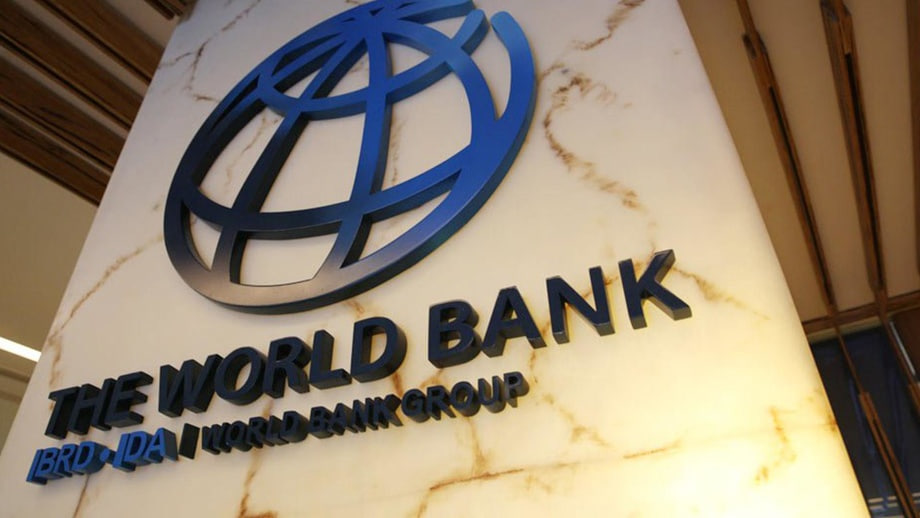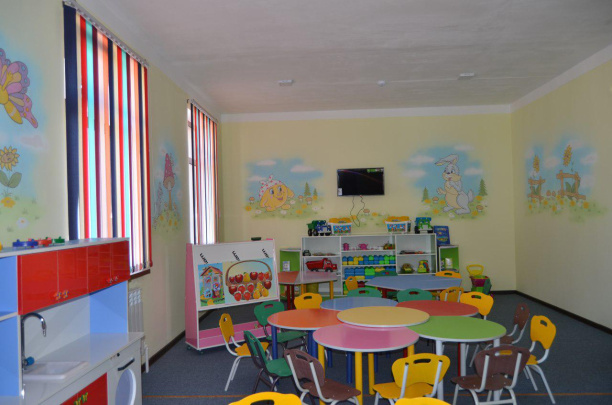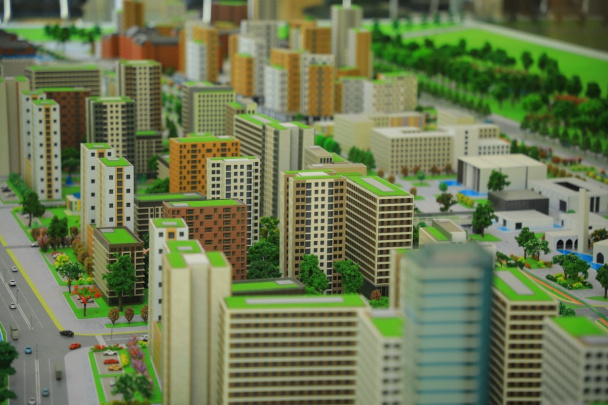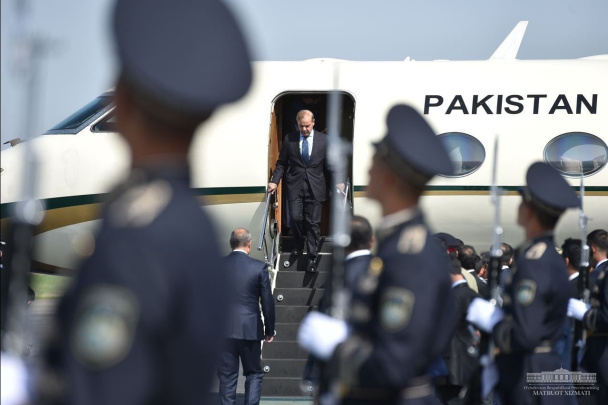The World Bank has noted a significant slowdown in the pace of poverty reduction in Uzbekistan due to increasing economic disparity. Between 2022 and 2023, incomes for the country's poorest 10 percent increased by a mere 6 percent, while the income for the top 10 percent surged by more than 30 percent, suggesting a potential deepening of economic inequality.
The World Bank blog "Charting Uzbekistan's path to poverty reduction: insights from international comparisons" draws attention to the issue. It points out that Uzbekistan was one of the few nations without internationally comparable calculations for poverty rates previously. For decades, poverty was measured in a way that hindered direct comparison with other countries, complicating the assessment of the socio-economic reforms implemented in Uzbekistan.
However, since Uzbekistan began participating in the International Comparison Program in 2017, there has been an overhaul in the way poverty is measured. With World Bank assistance in 2021, a new methodology for measuring poverty was adopted, and the government committed to halving the poverty rate by 2026, the blog authors affirm.
Poverty has reportedly decreased notably in Uzbekistan. From 2015 to 2022, the poverty rate halved, recording one of the best achievements among European and Central Asian countries. Specifically, the national poverty rate dropped from 36 percent in 2015 to 17 percent in 2022, a figure that fares better than the average results for the Europe and Central Asia region as a whole, where the general rate decreased from 13 percent to 8 percent during the same period.
The blog indicates that the increase in household incomes has been a major factor in reducing poverty. Wage growth accounted for 60 percent of the progress made in poverty reduction. The next important factor was social transfers, as the government has modernized and expanded key programs supporting certain population groups. Pension improvements also had a positive impact.
Inequality Indices on the Rise
Experts from the World Bank have observed an increase in the degree of inequality, which is decelerating the rates of poverty reduction. The Gini coefficient, a widespread measure of income inequality, increased from 0.31 points to 0.35 points in 2023. Consequently, the poverty rate decreased by only 3.1 percent rather than the expected 5.5 percent.
P.S: The Gini coefficient reduces the entire income distribution of a country to a single number between 0 and 1—the higher this figure, the greater the degree of income inequality.
As noted, between 2022 and 2023, the income of the poorest 10 percent of the population increased by only 6 percent, whereas the income for the richest 10 percent rose by more than 30 percent. This trend of greater wealth growth rates among affluent citizens is exacerbating the problem of economic inequality.
"To maintain high rates of poverty reduction in Uzbekistan, it is necessary to increase the incomes of less well-off households. Data show that poor households are faced with several challenges. They have a lower likelihood of employment, often have a lower level of education, and have many dependents. Reducing these discrepancies among households is pivotal in Uzbekistan’s efforts to limit the growing inequality and further reduce poverty," concluded the international experts.
Regional and Sectoral Disparities in Uzbekistan
The State Statistics Agency periodically releases information about the average monthly nominal wages in Uzbekistan at the end of each quarter.
An analysis of this data shows increasing economic differences across regions. Specifically, the gap in average wages between the richest and poorest regions (Tashkent/Surkhandarya) was 74 percent in 2020, 85 percent in 2021, doubled in 2022, increased to 2.1 times in 2023, and reached 2.3 times in 2024.
Considering the sectoral aspect, wage growth in relatively high-income sectors has accelerated compared to those with lower incomes. For example, during the period from 2019 to 2023, the monthly salaries of employees in the financial and insurance sector increased from 4.8 million UZS to 13.8 million UZS (2.77 times), while those in the information and communication sector increased from 3.9 million UZS to 10.6 million UZS (2.67 times). In contrast, the indicator for the health sector, preserving health, increased by 95% (from 1.5 million UZS to 3 million UZS), and in the education sector, by 69% (from 1.8 million UZS to 3.1 million UZS). This means that the increase in the level of income in the education or health preservation sectors is progressing more slowly compared to other sectors, which leads to a relative decrease in the representation of those working in these sectors compared to representatives of other fields over the years.
For reference, a new approach to measuring poverty has been introduced in Uzbekistan, which has led to the establishment of minimal consumption expenses. The amount stood at 440 thousand UZS in 2021 and was designated as 498 thousand UZS from January 2022 onwards. Subsequently, this figure increased from 498 thousand sum to 568 thousand sum in July 2023, and as of January 2024, it rose from 568 thousand UZS to 621 thousand UZS. As of May 1, of the current year, electricity and gas tariffs have been increased to 648 thousand UZS.






